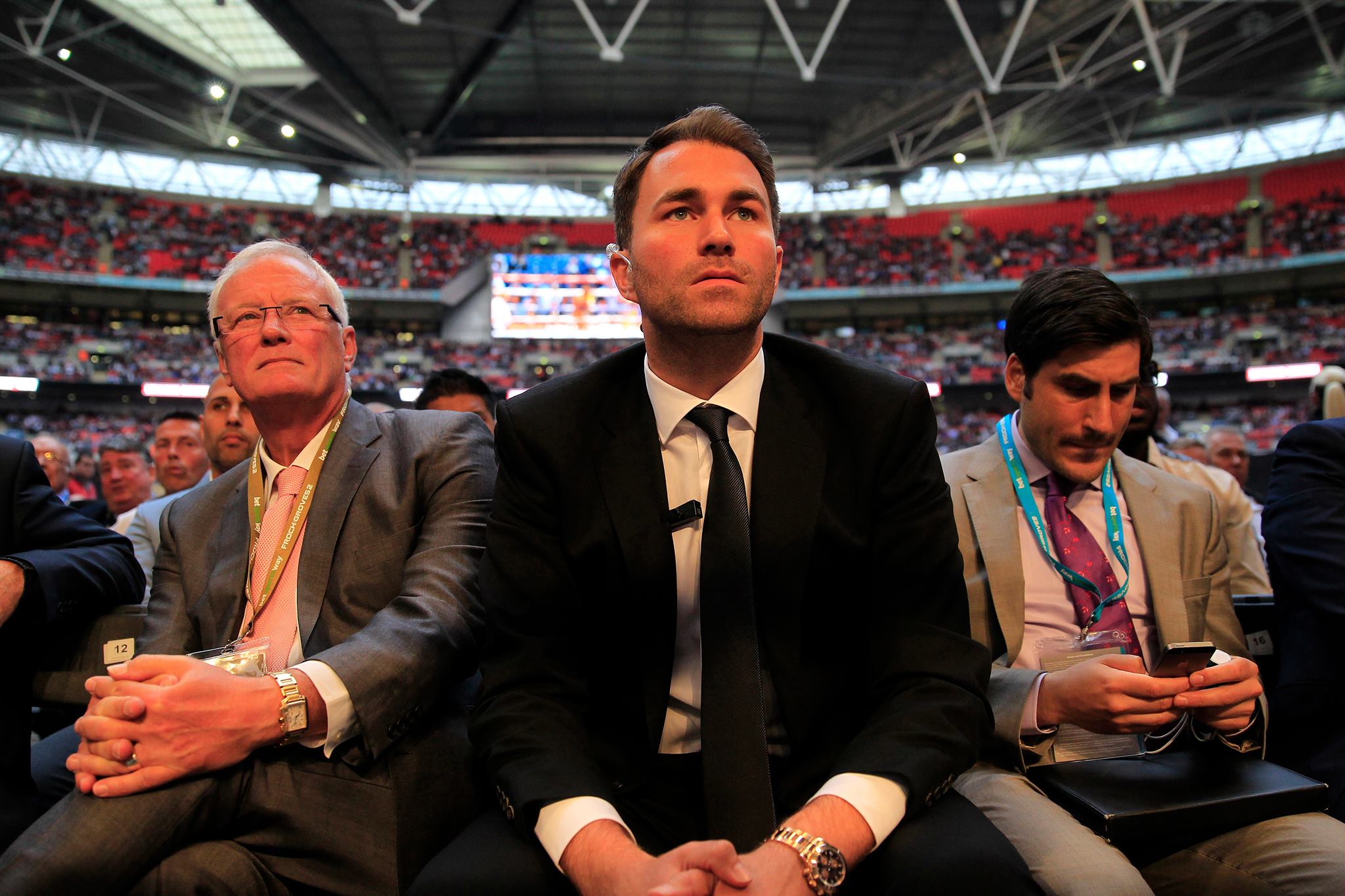Staying healthy and getting fit is about more than just dropping a couple of pounds so you can make an appearance at the beach this summer. While short-term goals are great for getting started, they don’t necessarily translate to long-term weight loss unless you have a long-term plan in place. In order to get fit and be healthy for life, you need to create a list of goals that will help you stay motivated for the long-term.
The best way to achieve long-term fitness goals is to have an action plan that not only provides short-term results but that also keeps you focused on the road ahead. It’s okay to set short-term goals, such as getting fit for the summer. But don’t forget to add on some additional goals so that you can continue with your fitness plan even after you pack your bathing suit in the closet. The following steps will show you how to set goals for both the short-term and long-term, and create an action plan for success!
1. Write down your overall fitness goals. Don’t hold back! Be as honest with yourself as possible, even if your fitness goals seem out of reach. If you are overweight and you want to lose 100 pounds, then write it down as one of your overall fitness goals. Writing down your goals will give you a sense of where you would like to be and helps put things into perspective. It also gives you something to shoot for.
2. Set a few short-term goals. Staying motivated for the long-term means being able to achieve short-term goals. When you achieve short-term goals, you will feel encouraged and you will be more likely to stick to your fitness plan. Start with realistic goals that are achievable. If you set the bar too high in the beginning, then you will easily get discouraged.
3. Build on small achievements. If one of your short-term goals is to lose five pounds within two weeks and you achieve it, then build on your success. No matter how “small” your accomplishments may seem you can use them as building blocks for motivation. Focus on losing an additional five pounds over the course of the next two weeks. Within a month, you will have lost 10 pounds!
4. Set realistic long-term goals. Once you have achieved a few of your short-term goals, take a second look at your overall fitness goals. Those goals that seemed “out of reach” when you first made them may now appear more achievable. In fact, these overall goals now become your realistic long-term fitness goals. The success in the short-term is a platform for long-term goals, which is why building on your “small” achievements is so important.
5. Reward yourself. Don’t forget to give yourself compliments for all of your hard work and dedication, especially when you achieve short-term goals. You can even reward yourself with a favorite treat or a brand new outfit. The most important aspect to achieving long-term goals is to support yourself as much as possible.


















